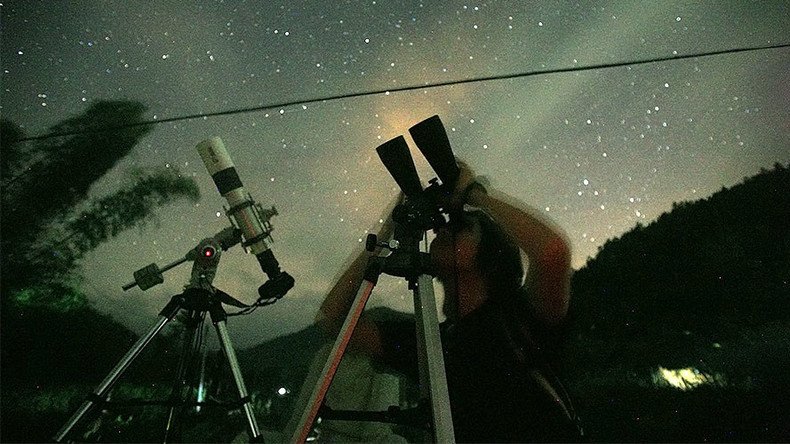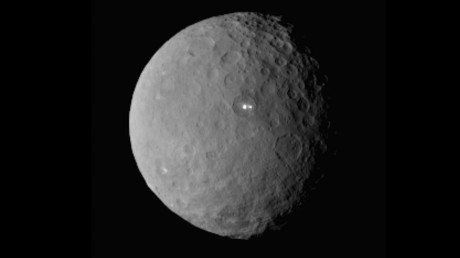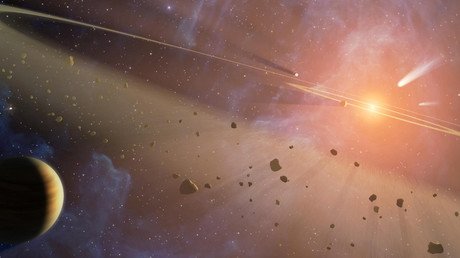No joke: Comet will be historically close to Earth on April 1

On April Fool’s Day, the comet 41P/Tuttle-Giacobini-Kresák will be at its closest to Earth since its discovery in 1858.
The comet’s path, in the far-northern sky, will track about 13.2 million miles away from Earth on April 1, a distance about 50 times the moon’s separation from Earth, according to EarthSky.org.
41P/Tuttle-Giacobini-Kresák passes by Earth every five and a half years, according to USA Today.
The comet will be visible in the Northern Hemisphere for most of Saturday night, though cloudy conditions could obscure 41P/Tuttle-Giacobini-Kresák in much of the US Northeast, Midwest, and Pacific Northwest, the National Weather Service reported.
Complicating matters for skywatchers, the comet, measuring less than a mile in diameter, cannot be seen with naked eye, so a telescope or binoculars will be needed.
Though farther from Earth after April 1, the comet should remain visible until mid-April, EarthSky.org reported.
41P/Tuttle-Giacobini-Kresák is named for its three discoverers – Horace Tuttle, Michel Giacobini, and Ľubor Kresák, respectively – who each “found” the comet in the distinct years of 1858, 1907 and 1951. After the third "finding," astronomers determined the three comets were the same.
The comet is one of a group of “Jupiter comets,”according to Slooh.com.
“These are comets that have been captured by the gravity of Jupiter, forcing them in an orbit that takes them between the sun and the gas giant.”














